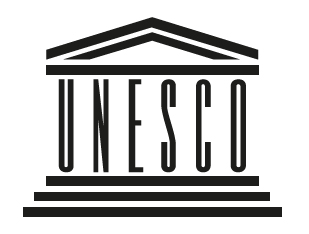About World Heritage
- About World Heritage
A World Heritage Site is an environment that is considered to be entirely unique in the world and is thereby of significance for all humanity.
To protect, preserve, and inform about the most valuable cultural and natural environments, UNESCO adopted a convention in 1972 on protection for the world’s natural and cultural heritage – the World Heritage Convention. It has been signed by approximately 200 countries and is UNESCO’s best-known tool for international collaboration.
The Committee meets once a year to inscribe World Heritage Sites
All signatories to the convention can nominate natural and cultural environments within their own countries for the UNESCO list of world heritage sites. In the nomination, each country must justify why the environments should be inscribed as World Heritage Sites, as well as how the country will protect and administer them. The proposals are reviewed by experts before the UNESCO World Heritage Committee takes a decision. The Committee meets once a year to inscribe World Heritage Sites and to take a position on questions concerning work on protecting, preserving, and informing about the Convention.
A high natural or cultural value that they concern everyone
To be inscribed as a World Heritage Site, the locations nominated must have “outstanding universal values”. This means that they must have such a high natural or cultural value that they concern everyone, now and in the future.
They are our common heritage, which everyone is responsible for preserving. Through World Heritage Sites, we are given knowledge of the history of the world and humanity in all its diversity. We can – and should – learn from each other through what we have in common.


